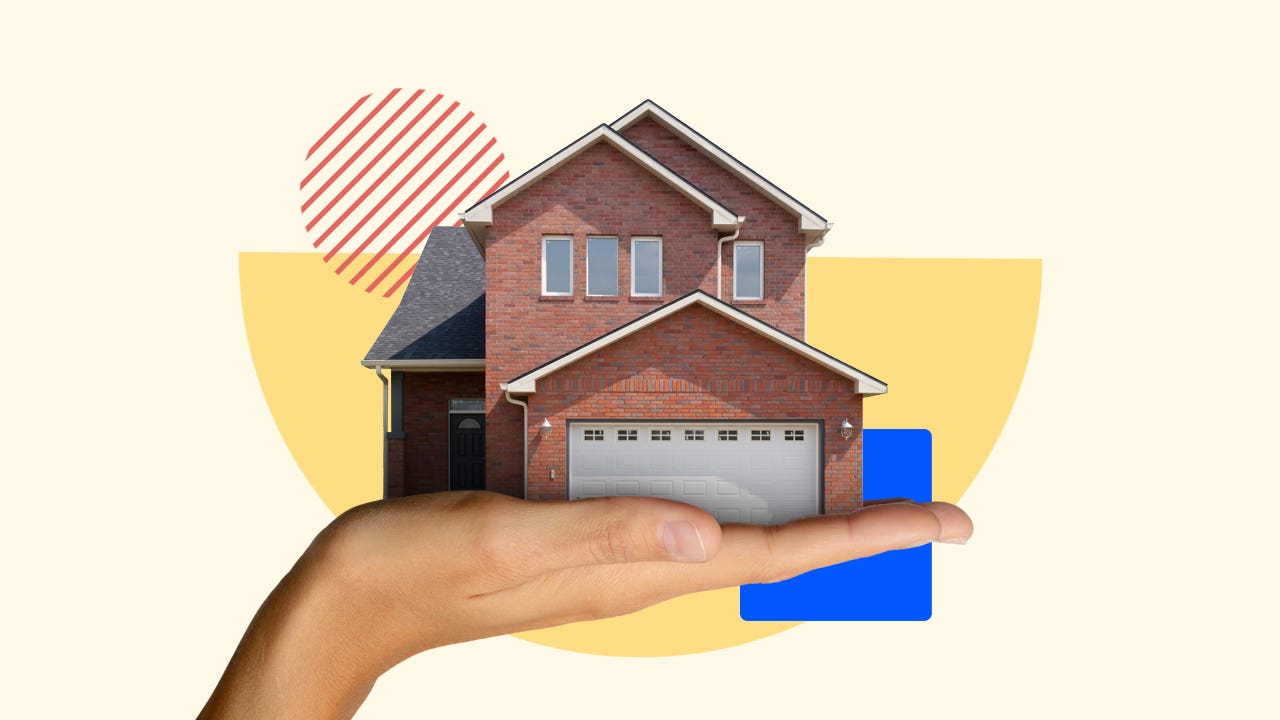Building Maintenance Tips For Long-Term Success
Maintaining a building is an ongoing endeavor that requires foresight, diligence, and a strategic approach. Proper upkeep not only preserves the property’s aesthetic appeal but also safeguards its structural integrity and enhances its overall value. To ensure that a building remains in prime condition over the years, property owners and managers must adopt a comprehensive maintenance strategy. Below are some invaluable long-term property maintenance tips designed to facilitate sustained building quality.
1. Create a Maintenance Schedule
One of the most effective ways to manage building upkeep is by developing a structured maintenance schedule. This should include routine inspections, cleaning, and servicing of key systems, such as plumbing, electrical, and HVAC. By identifying specific tasks and assigning them to appropriate intervals—monthly, quarterly, or annually—property managers can proactively address issues before they escalate into costly repairs. A well-documented schedule not only promotes accountability but also helps maintain essential building upkeep strategies.
2. Prioritize Preventative Maintenance
Preventative maintenance is a cornerstone of effective building management. This approach emphasizes addressing potential issues before they manifest into significant problems. Regularly servicing heating and cooling systems, inspecting roofing materials for wear, and checking for leaks are vital practices that can extend the lifespan of a building’s components. This proactive mindset reduces downtime and the likelihood of emergency repairs, ensuring maintenance practices for lasting success.
3. Invest in Quality Materials
The quality of materials used in a building’s construction and upkeep cannot be overstated. Opting for durable, high-quality materials during both the initial build and subsequent repairs can save money in the long run. For instance, using water-resistant materials in bathrooms and kitchens can mitigate the risk of mold and rot. Similarly, investing in energy-efficient windows and insulation not only enhances comfort but also reduces utility costs. By prioritizing quality, property owners can significantly contribute to sustaining building quality over time.
4. Conduct Regular Inspections
Periodic inspections are integral to maintaining a property’s integrity. These evaluations should encompass both the interior and exterior of the building. Look for signs of wear and tear, such as cracks in walls, peeling paint, or signs of water damage. Addressing these issues promptly prevents further degradation. It’s also wise to conduct a thorough inspection after severe weather events, as storms can reveal underlying vulnerabilities. Regular inspections provide a clear picture of the building’s condition, allowing for informed decisions regarding maintenance and repairs.
5. Maintain Landscaping and Drainage
Landscaping plays a pivotal role in a building’s overall aesthetic and can also impact its structural integrity. Overgrown trees and shrubs can pose risks to the property’s foundation and roof, while poorly managed drainage systems can lead to water accumulation, compromising the building’s stability. Regularly trimming foliage and ensuring that gutters and downspouts are clear will help protect the building from water damage and erosion. By addressing landscaping needs, property owners can integrate another layer of defense in their essential building upkeep strategies.
6. Focus on Energy Efficiency
Investing in energy-efficient upgrades can provide significant long-term savings while also enhancing tenant satisfaction. Simple measures such as upgrading to LED lighting, installing programmable thermostats, and using energy-efficient appliances can reduce utility expenses. Additionally, promoting energy efficiency contributes to sustainability goals, making the building more appealing to environmentally conscious tenants. By embedding energy efficiency into the maintenance strategy, property managers can ensure the property remains competitive in a changing market.
7. Engage Professional Services
While many maintenance tasks can be performed in-house, certain aspects—such as electrical work, plumbing, and structural repairs—require professional expertise. Engaging licensed professionals for specialized tasks ensures that the work is performed correctly and up to code. It also minimizes the risk of future complications arising from improper repairs. Building strong relationships with trusted contractors can facilitate timely and effective maintenance, enhancing maintenance practices for lasting success.
8. Encourage Tenant Participation
Tenants play a crucial role in the maintenance of a property. Encouraging them to report issues promptly and to take care of their living spaces fosters a community of shared responsibility. Establishing an easy communication channel for tenants to report maintenance concerns not only expedites repairs but also enhances tenant satisfaction. Creating a tenant handbook that outlines maintenance expectations and guidelines can further reinforce this collaborative spirit.
Conclusion
Building maintenance is not merely an operational task; it is an investment in the property’s future. By implementing these long-term property maintenance tips, property owners can ensure the longevity and quality of their buildings. A proactive approach, grounded in preventative maintenance and quality materials, coupled with regular inspections and tenant involvement, lays the foundation for sustained success. Ultimately, the commitment to diligent upkeep reflects not only on the property’s value but also on the satisfaction of those who inhabit and interact with it.





